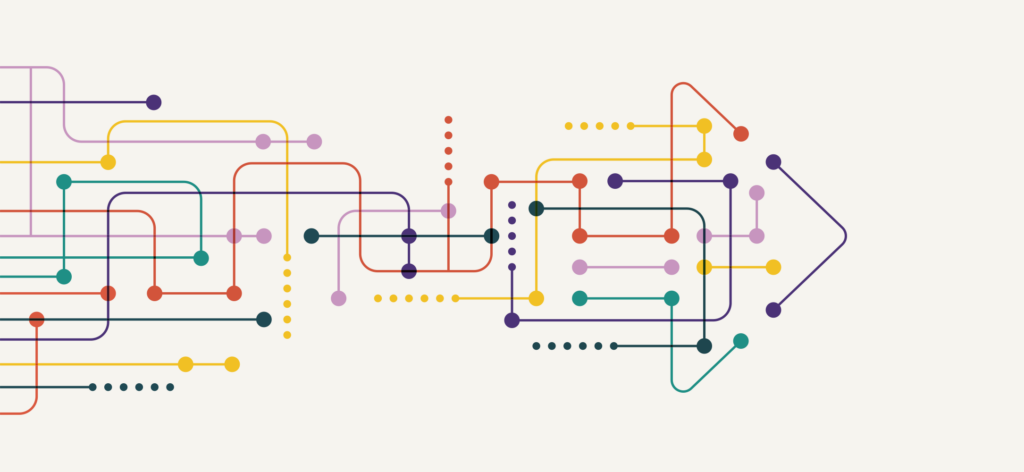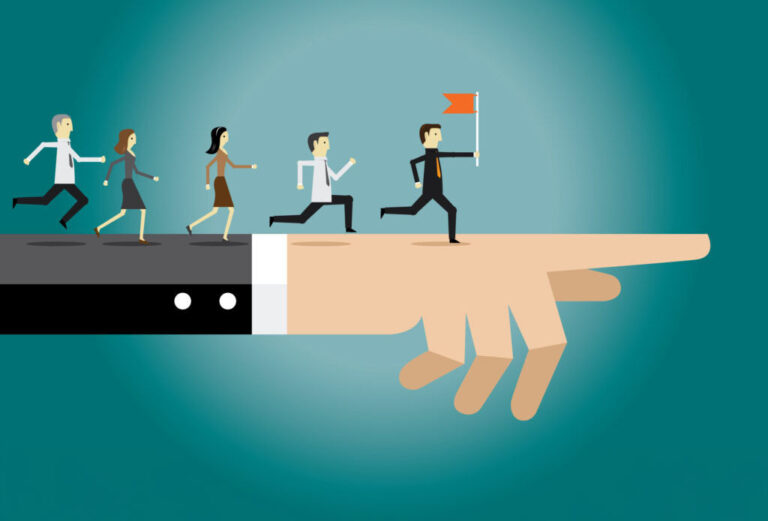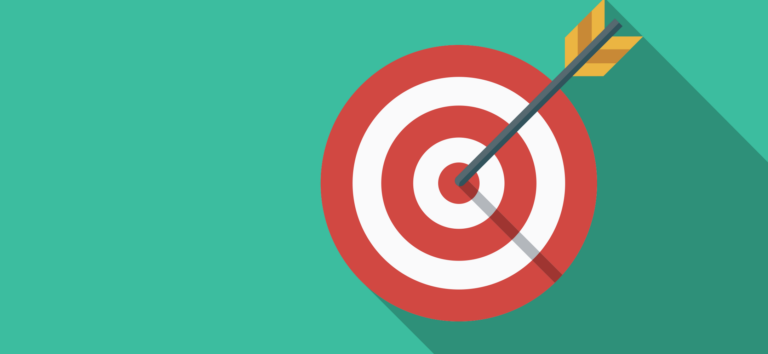Consumers are drowning in a sea of messages, content, and offers across many channels. To make a real connection, you need to understand your customers intimately, and offer the right message, at the right time, on the right channel.
Next-best action, powered by artificial intelligence (AI) and connected customer data, can help you do that.
How Does Next-Best Action Impact the Customer Journey?
Next-best action uses AI to predict the right personalized message, content or offer that will spark a conversion and move customers to the next stage in their customer journey.
Using next-best action across the entire customer journey ensures the best message, content, or offer is provided at the right journey stage in a personalized, contextual way, delivering a highly relevant customer experience. With a customer data platform (CDP), marketing, sales, and customer service teams can easily access these insights, removing friction from interactions and making real-time conversations relevant.
Here’s how next-best action can benefit marketing and customer experience teams:
- Increase the effectiveness of marketing campaigns through improved targeting. Because next-best action uses a 360-degree customer view, you can more accurately target and segment audiences to determine what people will want to do next. This specificity improves KPIs like cost per acquisition, cost per click, and return on ad spend.
- Reduce marketing waste by eliminating ineffective resources. Next-best action can help you detect and eliminate ineffective marketing tactics by analyzing what works – and what doesn’t. Ineffective tactics could include content that isn’t consumed, emails that aren’t read, or offers that go unaccepted. By removing what doesn’t work, you can allocate time and budget to providing the experiences that your customers actually want.
- Improve A/B testing strategies. Use next-best action to simulate A/B scenarios before committing budget and resources to marketing campaigns. Next-best action can evaluate the performance of each potential strategy and help you understand which one(s) will work best.
- Stay competitive. Next-best action helps you stay competitive because you can identify and respond to changes in customer behavior, market trends, and other factors quickly.
Next-Best Action for Sales and Customer Service
Although next-best action is often discussed from the marketing perspective, it’s also a great for sales and customer support. For example, salespeople can use next-best action to identify additional products to offer a customer, or new services to recommend for cross-sell or upsell opportunities. For customer service, next-best action can identify the best content to send to customers when following up on inquiries, and help identify new services to offer.
4 Next-Best Action Use Cases to Spice Up Your CX Strategy
You can use next-best action in a number of ways to trigger personalized campaigns. Let’s take a look at a few examples, and how they work.
1. Event-Based Campaigns
An event-based campaign is triggered by a specific event a customer takes, like purchasing a product, abandoning a shopping cart, signing up for a webinar, or visiting a product page.
To create these campaigns, define audience segments based on an event, and apply predictive analytics and machine learning to determine the next-best action for each segment to take.
For example, if a customer has abandoned their shopping cart, a next-best action model could recommend sending a targeted email offering a discount on the items in the cart to encourage them to complete the purchase. Or, if a customer has recently made a purchase, the model might recommend sending a follow-up email offering a complementary product or service.
Marketers can automate this process, so activations are triggered once a customer completes or engages in a specific action. Automated next-best action is cost-effective and helps marketers manage journeys efficiently.
The CX Impact: Using next-best action for event-driven campaigns, the customer experience becomes a seamless journey tailored to each customer.
2. Next-Best Product Recommendations
Next-best action can help you increase customer lifetime value by providing highly relevant product recommendations.
Start by segmenting customers based on predefined attributes or behaviors like purchase history, web browsing, and other data. Then, identify high-value audiences, and segment customers by their propensity to make additional purchases. A next-best action model will then look at the segment and determine the next product to recommend based on the segment’s prior interactions or preferences.
CX Impact: Instead of blasting customers with recommendations for generic products or services, marketing, sales, and customer service can identify the best products or services based on what customers are interested in, care about, or are using today.
3. Next-Best Content Recommendations
Marketers can fine-tune market segments based on specific attributes or behavior and then apply next-best action to recommend the right content. This work happens without manual intervention, enabling marketers to recommend the best content at scale.
Next-best content recommendations work for more than marketing. For example, it can help sales teams offer the most relevant content to a customer based on their prior actions and customer journey stage.
Customer service teams can also use next-best content recommendations to provide highly specific content on support calls, reducing time to resolution. For example, suggesting the best content to send based on how customers use an application, where they are getting stuck, or what features they use most often.
CX Impact: Next-best action content recommendations result in greater personalization, more frequent engagement, and better customer experiences because customers only get content that is relevant and valuable to them.
4. Best-Time Algorithms
According to a study by Litmus, 41.5 percent of brands say that email marketing is very critical to business success, and it’s still the primary form of communication for many consumers. But people are busy, and dealing with a cluttered inbox is the last thing you want to do.
By delivering communications at the right time, you can improve email campaign open rates, click rates, and click-to-open rates.
A CDP with best-time algorithms can help you understand when to communicate with your customers, ensuring that campaigns are sent at the right time, increasing campaign engagement.
CX Impact: Cutting through inbox clutter by sending emails at the right time is critical to getting customers to read and engage with your messages.
Defining Your Next-Best Action Strategy
The most successful customer experiences are personalized, relevant, and timely. A CDP equipped with next-best action capabilities can help marketing, sales, and customer service provide customers with the right content, messages, and offers, at the right time, and on the right channels. And, it can do it at scale.
Learn more about how a customer data platform can be used to improve the customer experience.



